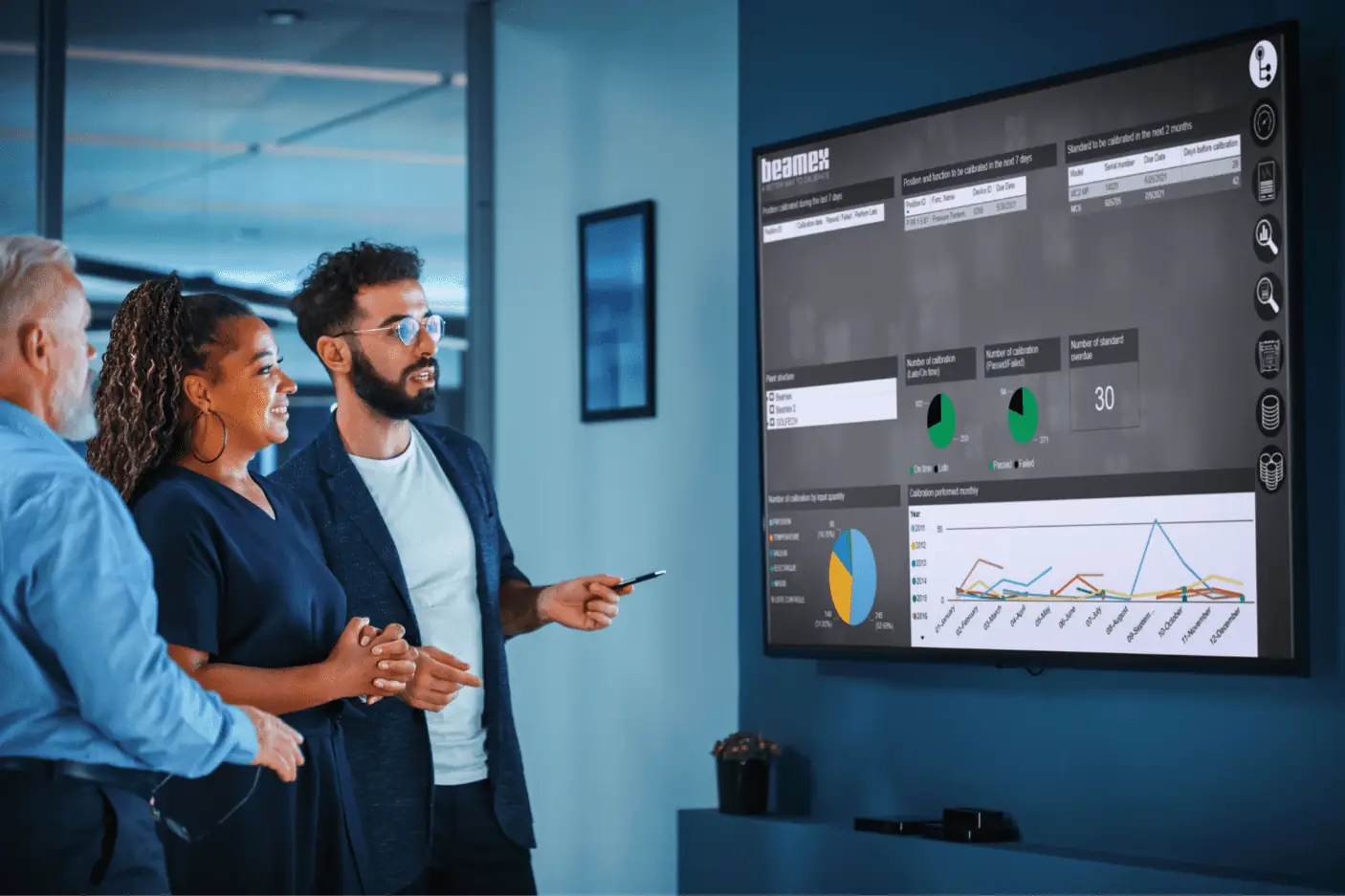Implementation of a calibration management software
Now that we’ve discussed the benefits of a calibration management software, it is important to know how to successfully incorporate a CMS app into your business. A successful implementation requires an understanding of how your current workflows are going to fit in the software. Below we have listed some tips that will help you implement a calibration management solution, effectively.
1) Highlight your goals
Before adopting a CMS solution, it is important for businesses to define their goals and highlight their calibration needs. Whatever your objectives are, it is important to define them. Once done, then adopt a calibration management solution accordingly. Without clear goals, you cannot hope to achieve any clear success with your software implementation.
2) Self-analysis
Self-assessment is used by businesses to both assess an organization’s current situation and to create strategies for improving that situation. A self-evaluation can also provide businesses with information on the value, kind and quantity of equipment that it owns and of its current status. A self-assessment by analyzing the current situation of the company will also help set the baseline to judge future performance after the software is implemented.

3) Define your calibration needs
Before a calibration management software can be deployed, it is important to define your calibration needs. Knowing the type of equipment you own and your calibration needs are extremely important when choosing a CMS solution for your organization.
4) Choosing a software
Once your goals and calibration needs are defined, you can then look for a software with relevant features that can help you fulfill these needs and achieve your organizational goals.
5) Monitor, review, and update
Once a calibration management software is deployed, you need to monitor some key performance indicators in order to judge whether the deployed solution has brought about expected levels of success.
To determine whether the system is performing as projected, data on the condition and performance of assets need to be captured and analyzed on a regular basis. For example, you can generate reports to identify the maintenance schedules and life cycles of your equipment and use it to reduce downtime. In addition to this, you can take regular feedbacks from crew members and generate performance reports. With this data, you can update the calibration management program accordingly to ensure maximum efficiency.





